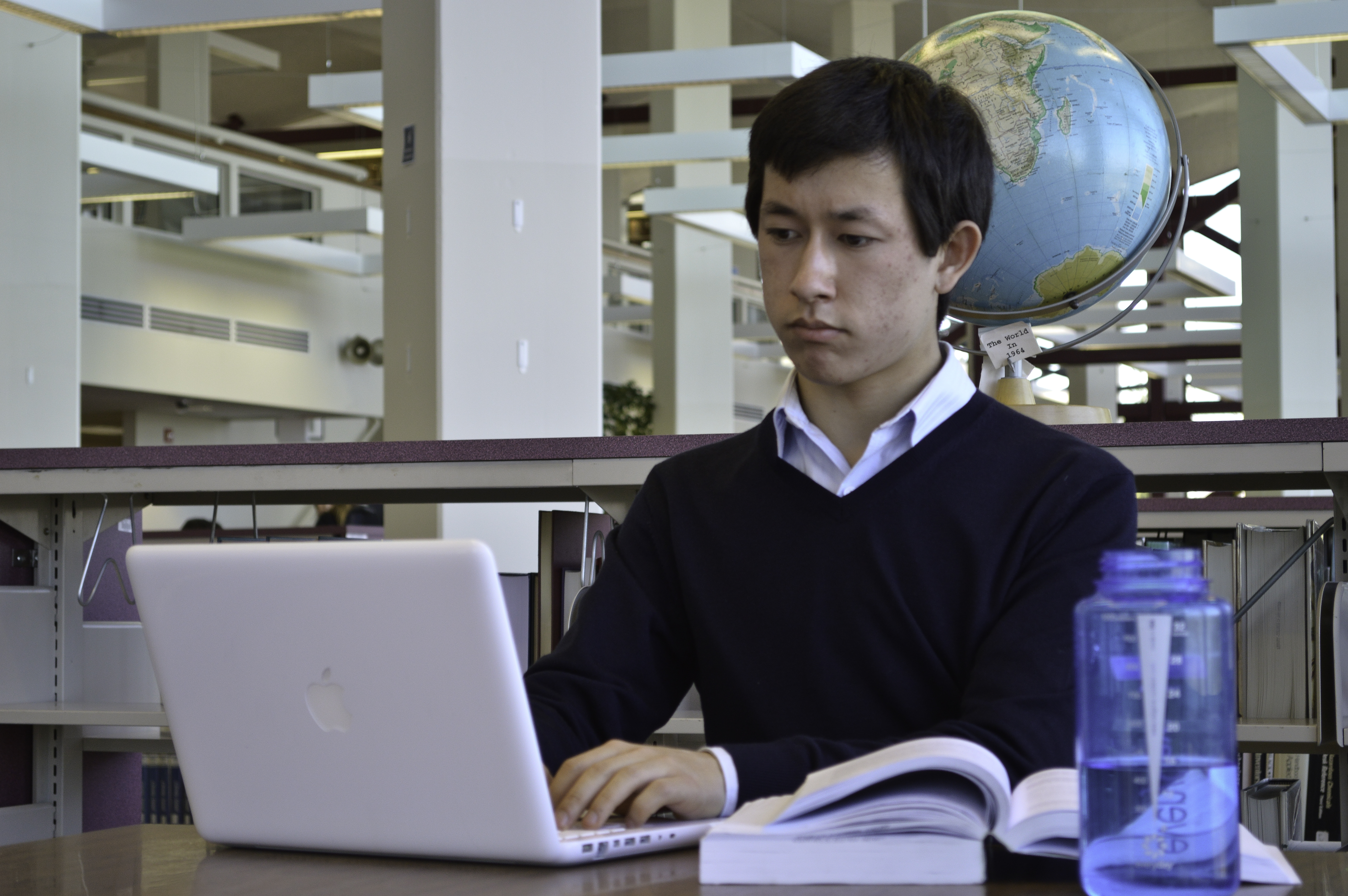

The College of San Mateo, or CSM, offers a program for up to 35 juniors and 35 seniors from the SMUHSD. This alternative school program, called Middle College, provides an opportunity for high schoolers to complete their graduation credits while taking college-level courses.
As Middle College senior Masao Dahlgren explains, “Middle College offers a lot of benefits. It gives you the experience you need if you want to go into a four-year college, and it gets you the credits needed so that you can probably graduate in three years which saves money.”
Junior Kristan Hilby followed the footsteps of her older sister in attending Middle College. “I wanted to take some more college classes. I took AP Bio as a sophomore, so I was really ready to take some more college classes, and try some new things, and stray away from the traditional path,” she says.
The academic opportunities available at Middle College differ from those at Aragon. Other than the two required common core classes that high schoolers must take, students are free to choose any of CSM’s large array of courses, some of which are more tailored to specific interests. Specialized programs are appealing to senior Masao Dahlgren, who explains, “I took an international relations class [last semester], which I really enjoyed. That’s an interest of mine. And I’ve done a lot of things pertaining to that. I run my own model UN conference for the district, I do a bunch of traveling debate tournaments, and the like.”
“When I took [my math and science classes] it felt more real, if that makes sense. There’s a lab and you get real experience instead of being like ‘this is what you’re learning,’ and it gives you more freedom,” Hilby adds. “There are also other things, like there’s this club that Middle College does and we raise money for a microloan, and I really enjoyed that.”
Aside from course variety, another draw for high school students is having a customizable schedule. “You can also plan your own schedule, so if you want to sleep in until 11 you can, and then you can just take more classes at night, or vice versa. You can always take them all in the morning, then you’re done at like two. It’s really awesome,” says Hilby.
Additionally, because CSM enrolls both Middle College and regular college students, there is a wider variety of people.
“There’s a lot of people from foreign countries who go [to CSM] to brush up on their English before entering into a four-year college. You meet some people who have implicitly good knowledge on the topics at hand,” Dahlgren says. “In my international relations class, we were talking about Israel and Palestine, and you know how difficult the conflict was, and there’s this guy in my class who was a Palestinian refugee – an actual stateless person. He talked about how he felt as a Palestinian, which was interesting because he was the most pro-Israel individual I’ve ever met.”
Dahlgren adds, “There’s also a lot of people who are veterans. People who were formerly in the military and have a lot of stories to share. It’s fascinating.”
However, some students find it easier to meet people with similar interests. Hilby explains, “If you kind of know what you want to do, like if you’re really into science like I am, I just take a bunch of science classes and then the people I meet are more like me […] Many of the people that I have met have had such interesting journeys that got them to where they are, and got them to Middle College.”
Hilby also commented on the positive environment found at CSM. She says, “All the kids there want to be there, you know. They’re not forced to be there. Everyone that’s there is very enthusiastic.”
Middle College is a unique opportunity for high schoolers throughout the district to abandon a traditional high school setting for an early college experience. For those considering Middle College, Hilby says, “Honestly, it’s for someone who really just wants to not be so set when doing something and just wants a little more individual responsibility. For some kids, it’s just not for them, and for some people it’s a really nurturing environment for them to find out what they want to do.”



